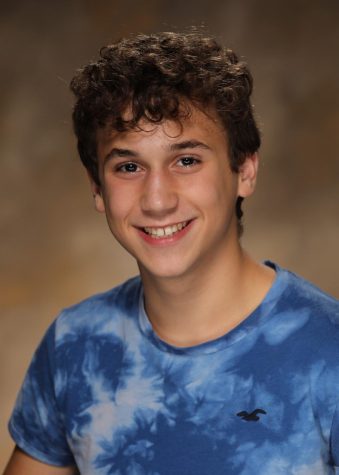Creative writing should be emphasized in English curriculum
January 23, 2019
For high school students, writing essays is an old routine. CESJDS offers few creative outlets in the standard English curriculum, opting solely for analytical essays that only exercise one area of writing. This one-tracked mindedness of the school is woefully short-sighted.
From about 7th grade onwards, we are taught to read into the minutia of every single word, gutting the text of its original meaning, weaving and warping it to fit our argument. This is an important skill no doubt, but this shouldn’t be the only one in our arsenal. Students churn out essay after essay, exercising our critical thinking, while at the same time, allowing our creativity to atrophy.
Creative writing is important because it gives students a chance to write about what is important and relevant to them. Additionally, it gives students a space to navigate difficult situations without themselves being in them. Through character development, students are able to hone their senses of empathy and compassion. In a world that can be incredibly hateful, these basic interpersonal skills are increasingly necessary.
Particularly in the high school years, JDS prides itself on its ability to prepare students for college. Because of this and JDS’ high-stress, competitive environment, it makes sense why creative writing is deemphasized.
English teacher Melissa Fisanich said, “We don’t want to spend too much time on creative writing because, at the end of the day, we are a college prep school that is preparing students for the type of academic writing that they’re going to do in college and that’s not necessarily creative writing.”
While this may be true, the JDS curriculum fails to see how creativity can be applied to college-preparedness. College essays and applications to other programs serve as a way of selling yourself and your story, not an analytical piece on self-character.
I think many students struggle with writing applications, as they have not had a chance to utilize their creative skills in many years. Further, creativity is a skill that many schools and organizations look for in the form of problem-solving. Being creative helps in coming up with unique solutions to difficult problems.
JDS has solutions in place for these problems, but they are not adequate. Fisanich recommended that students take the creative writing elective; this is a good start but is not enough when students are encouraged to take difficult classes, double in science, and take on leadership roles in and out of school.
With creative writing being an additional class, what was designed to be a creative outlet becomes a chore. Because of this, students turn to extracurriculars such as JSA, the musical, a cappella and more as outlets. Our school is fortunate to have such a wide variety of extracurriculars, yet in order to take advantage of them, students must balance completing homework as well as getting adequate sleep.
I personally participate in the musical, as well as Shir Madness, our a cappella group. Shir Madness is a creative outlet, a family, and is incredibly meaningful to me, yet during the first semester when rehearsals are from 6:15-7:30, balancing this outlet, work, and my own sanity is difficult. I fear that those who forgo extracurriculars may lack a way to self-express regularly.
Instead of offering creative writing as an optional class, it is of massive benefit to students to offer it as part of the standard English curriculum for high school. An easy solution could be offering small units that involve aspects of creativity to supplement the otherwise analytical pieces once or twice a quarter. Having these assignments would be beneficial because it would help develop important skills such as problem-solving, and would allow those students who never get the chance, to express themselves.








